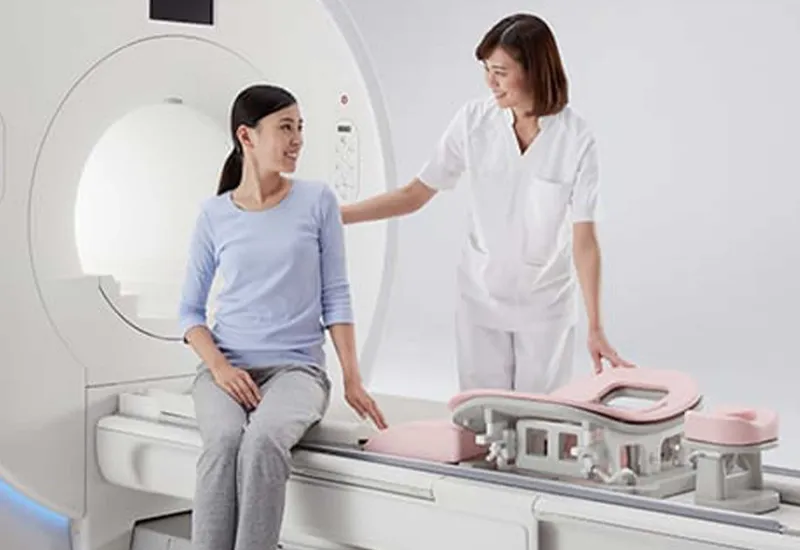Magnetic resonance imaging (MRI) scans are diagnostic modalities used in radiology to assess the physiology and pathology of an organ. Radiology is the discipline of medicine that deals with visualizing internal body functioning.
In contrast to an x-ray or a CT scan, an MRI scan employs the use of magnetic fields and radio waves instead of x-rays to visualize the body’s normal functioning. This creates a less hazardous, more precise, and effectively more costly image of the body.
Under the Affordable Care Act (ACA) of 2010, the uninsured population of the United States was reduced by half; the most significant increase in the history of the country. When the provisions of the act were signed into effect in 2014, several Americans saw a revolutionary change in the healthcare system of the country.
However, it came with one significant drawback; increased deductibles.
What Does an Increased Deductible Mean?
If you were to call up a hospital, a standalone clinic, or a freestanding one today and ask for charges for a breast MRI, they would be puzzled. This is because most Americans do not go around bargain hunting when it comes to diagnostic and treatment modalities.
‘Your insurance takes care of it,’ is what you’ll hear them say. In one aspect, they’re right. Your insurance is bound to cover any medical costs that you incur. However, under the ACA, Americans are charged lower monthly premiums for a trade-off with an increased deductible.
An increased deductible basically means that you’ll have to pay a portion of your medical bill as an out-of-pocket expense. Most deductibles are priced at around $500 and some are at upwards of a few thousand.
How Much Does a Breast MRI Cost?
MR imaging produces three-dimensional images of internal body structures. Besides being less hazardous for your health and overall well-being, MR images are much more clearer and precise; particularly when it comes to soft tissue images.
Breast scans are increasingly popular given the increased risks and awareness of breast cancer. Breast cancer is one of the most prevalent forms of cancer in the world and the single most prevalent one for women (ovarian cancer is the second).
Proper diagnosis of breast cancer and differentiating between a benign lump and a deadly metastatic lesion can prove vital (quite literally). Early detection and surgical procedures for removal improve life expectancy and survival rates by upwards of 50%.
A breast MRI scan can cost anywhere from $250 to upwards of several thousand. Several factors are brought into consideration:
- The state you’re seeking an MRI in
- Competitive market rates
- Insurance rates
- Insurance deductibles
- Clinics and hospital charges
- Other miscellaneous charges
Important Considerations to Make
Before you walk in for your breast MRI, here are a few considerations you should make:
- Schedule your MRI for the start of your menstrual cycle. In case you're premenopausal, the MRI office may plan your MRI at a specific time during your period, around days 3 to 14. The main day of your cycle is the very beginning of it.
- Explain to your primary care physician of any hypersensitivities and allergies you have. Most MRI methods utilize contrast dyes to make the radiographs easier to comprehend. The color is normally given through a vein in your arm. Tell your primary care physician about any hypersensitivities to keep away from inconveniences associated with the dye.
- Tell your primary care physician on the off chance that you have kidney issues. A contrast dye normally used to improve MRI pictures called gadolinium can cause difficulties in individuals with kidney issues.
- Tell your PCP in case you're pregnant. An MRI by and large isn't suggested for women who are pregnant as a result of the possible danger of gadolinium differentiation to the child. They’re specifically advised against for the first trimester of the child’s conception.
- Try not to wear anything metallic during the MRI. Metallic items, like jewelry and watches, can be harmed during an MRI. Leave metallic articles at home or remove them before your MRI.
- Tell your primary care physician regarding prosthetic clinical gadgets. In the event that you have an embedded clinical prosthetic, like a pacemaker, defibrillator, embedded medication port, or an artificial joint, let your PCP know before your MRI.
Difference Between a Breast MRI and a Mammogram
Mammograms are performed by utilizing x-ray machines intended for the breast, breast MRI scans likewise require unique machinery. This MRI machine is called an MRI with dedicated breast coils.
Not all clinics and imaging centers have devoted breast MRI hardware. In the event that you are having a breast MRI, have it at an office with committed hardware, plus one that can do an MRI-directed breast biopsy.
MRI scanners utilize solid magnets rather than radiation to make extremely precise, cross-sectional photos of the body. An MRI scanner takes pictures from numerous spatial arrangements, as though somebody was taking a look at a cut of your body from the front, from the side, or from over your head.
Going in for a Breast MRI
An MRI scanner is a hollowed-out tunnel-like device. The patient is asked to lie down flat on a table and the table slowly enters the scanner. The scanner then moves around the entire table and records images in various spatial arrangements.
Your physician would recommend an MRI scan if he or she suspects an underlying pathology or a condition that can not be explained via clinical tests. Alternatively, your physician might request an MRI scan to confirm his or her initial diagnosis.












